10+ Years Experience
Specialist Horse Menages

Are you considering installing a horse walker to enhance your equestrian facility and provide your horses with a consistent exercise routine?
A well-installed horse walker can offer numerous benefits for both you and your equine companions.
We can guide you through the different types of horse walkers, their costs, and key considerations for installation. We’ll explore fencing and roofing options, surface materials, and the pros and cons of professional installation versus a DIY approach.
So, mount up and let’s get started on your journey to a perfect horse walker installation!
There are several types of horse walkers or horse exercising machines that are commonly used in equestrian facilities.
These machines provide controlled exercise and conditioning for horses. Here are some of the most common types:
Mechanical horse walkers are similar to ground-driven walkers but operate with the help of a motor.
They typically have a circular track with individual stalls or attachments where horses can be tied. The motorised system rotates the track, exercising the horses as they walk.
Aqua horse walkers, also known as water walkers or hydrotherapy walkers, are designed to provide water-based exercise for horses.
They feature a circular or rectangular pool with a submerged track. Horses are walked or trotted in the water, providing low-impact exercise and therapeutic benefits.
Treadmill horse walkers are designed to simulate the movement of walking or trotting on a track.
Horses are placed on a specialised treadmill with adjustable speed and incline settings. This type of walker allows for controlled exercise in a controlled environment.
This type of horse walker consists of a circular track with an attachment in the centre where horses are tied.
The walker is driven by a human operator or a motor, and as it moves, the horses are led around in a controlled manner. It can be a simple mechanical setup or operated with an electric motor.
Free-walking walkers allow horses to walk or trot freely within an enclosed circular or oval area.
These walkers typically consist of a series of individual stalls or compartments that horses can enter and move around in. They are not tied or restrained, allowing for natural movement.
These are some of the common types of horse walkers you may come across in equestrian facilities. The choice of walker depends on the specific needs of the horses, the facility’s resources, and the goals of the training or exercise program.
We understand that different types of equestrian products and installations require custom solutions.
That’s why all our horse walkers come with a variety of additional features, such as programmable control boxes, irrigation systems, and automatic lubrication systems, to offer the best horse walker service for our clients.
With our extensive range of options, you can be confident that you’ll find the perfect horse exerciser to suit your needs.
The average cost of a horse walker is between £2,500 – £8,000.
The costs of horse walkers are influenced by several factors, including size, materials used, and any additional features.
For instance, the outer fence construction of horse walkers uses various steel sections for the arms and cables, while the base of the exerciser is composed of a large steel pyramid cone supporting the horse walker roof.
The standard hydraulic system also consists of electrified pushers, assisted braking, and a large central turntable bearing.
If you would like a quote for a horse walker installation or our other equestrian services, please get in touch with us!
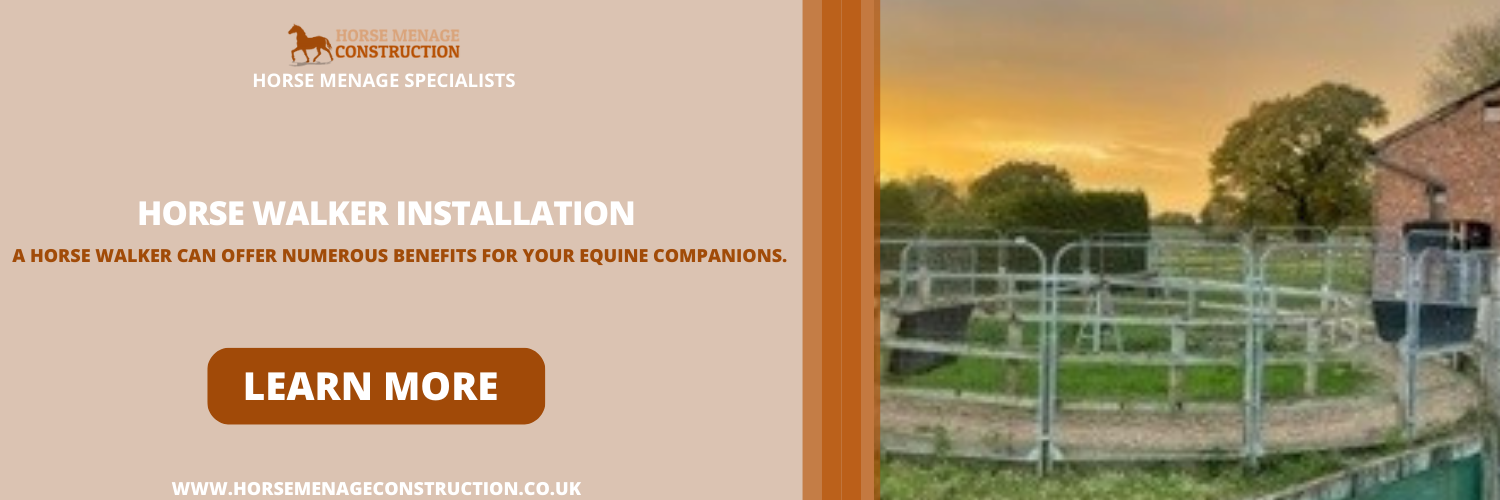
Horse walkers offer several benefits for both horses and their handlers. Here are some of the key advantages of using horse walkers:
Overall, horse walkers offer a range of benefits, including consistent exercise, time efficiency, controlled environment, mental stimulation, training assistance, and rehabilitation support.
They are a valuable tool in the management and care of horses in various settings, from equestrian facilities to veterinary clinics.
Choosing the optimal location and assessing space available for your horse walker installation is crucial to ensure its functionality and safety.
Factors such as the breed and size of your horses, as well as the available space in your property, should be taken into account.
When selecting the right size for your horse walker, it’s essential to consider the space available and the natural gait of your horses.
Commercially produced horse walkers typically range in diameter from 50 to 72 feet, with standard sizes of 10, 12, 15, 16, 18, and 20 meters for 3 to 8 horses.
By evaluating the size and type of horses you plan to exercise, you can determine the most suitable size of the horse walker for your needs.
It’s also important to consider the layout of your property when assessing available space for a horse walker.
Ensure that the area is easily accessible for both horses and trainers, with sufficient room to navigate doorways and openings. This will help facilitate a smooth and efficient exercise routine for your horses.
In addition to assessing space, it’s crucial to ensure easy access to power sources and other utilities for your horse walker installation.
Prior to installing a horse walker in a specific location, consult with utility companies to ascertain that the area is not obstructed by existing underground cables, pipes, or wires.
Proper planning and communication with utility providers will help avoid any delays or complications during the installation process.
Accessibility is also vital for the safety of horses and trainers using the horse walker.
Ensure that the door to the horse walker cannot be opened while it is active, and no persons should be present inside the exerciser when it is in operation.
By carefully considering accessibility requirements and potential obstacles, you can create a safe and efficient environment for both horses and trainers.
Creating a base for your horse walker is crucial to ensure its proper functioning and longevity. In the following subsections, we’ll delve into the process of:
The concrete base, in the form of a concrete pad, should be at least 4 inches thick and should be reinforced with steel mesh.
The first step in installing a ground-standing horse walker is constructing a concrete pad to provide support for the central mechanism. Here are the steps to follow.
Although it may be tempting to attempt a DIY approach, we recommend hiring a professional contractor to install the foundation for your horse walker.
This will ensure a quality installation that meets safety standards and provides a stable base for years to come.
Proper drainage and electrical connections are essential for a successful horse walker installation.
To ensure optimal drainage, prepare the entire area appropriately so that water can be absorbed into the ground naturally.
In non-roofed areas, a French drain system may be an effective solution to maintain the dryness of the area.
When it comes to electrical connections, conduits for electric lines to supply power must be placed.
It’s essential to consult with utility companies and follow their guidelines to avoid any complications during the installation process.
By addressing drainage and electrical connections from the outset, you pave the way for a smooth and successful horse walker installation.
Selecting the right fencing and roofing materials for your horse walker is crucial to ensure safety, durability, and aesthetics.
The fences are designed to keep your horses securely contained while exercising and provide a visually appealing addition to your equestrian facility.
The roofing of horse walkers is composed of a robust galvanized framework with timber purlins and a box profile roof.
This design offers protection from the elements and ensures the longevity of your horse walker.
By carefully considering fencing and roofing options, you can create a safe and attractive environment for your horses to exercise and thrive.
The surface material of your horse walker plays a crucial role in providing safety, comfort, and proper traction for your horses during exercise.
A high-quality sand is typically the most favoured option for the footing, as it offers good traction and minimises the risk of injuries caused by inadequate footing.
In addition to sand, high density 40mm rubber paving is also recommended for horse walker flooring.
Regularly dragging the track area is essential to maintain a smooth and safe surface for your horses.
By selecting the ideal surface material for your horse walker, you’re ensuring the comfort and safety of your horses during their exercise routine.
When it comes to installing your horse walker, you may be wondering whether to hire a professional installer or take on the project yourself.
Both options have their pros and cons, depending on your experience and budget.
Professional installation offers the assurance of a quality installation, as well as the convenience of having an expert complete the work for you.
A DIY approach can save you money and provide the satisfaction of completing the project yourself. However, this approach carries the risk of making mistakes and may take longer to complete.
Proper maintenance and care are essential to ensure the longevity and optimal performance of your horse walker.
It’s important to familiarise yourself with the maintenance requirements of your specific horse walker model to keep it in prime condition.
Regular inspection of your horse walker’s components, such as the hydraulic system, fencing, and roofing, can help identify any potential issues early on and prevent costly repairs.
By adhering to a consistent maintenance schedule and addressing any concerns promptly, you’ll ensure the longevity and optimal performance of your horse walker for years to come.
In conclusion, a well-installed horse walker can greatly enhance your equestrian facility and provide numerous benefits for your horses.
By considering factors such as types of horse walkers, costs, location, space considerations, foundation, fencing, roofing, surface materials, and installation methods, you can make informed decisions to create the perfect horse walker for your needs.
With proper maintenance and care, your investment in a horse walker will not only improve the health and happiness of your horses, but also contribute to the overall success of your equestrian endeavours.
The best footing for a horse walker is a good quality sand that provides appropriate traction and absorbs impact.
Sand is the most common material used due to its ability to create comfortable conditions and reduce the risk of injury.
Horse walkers do need planning permission. Building anything on agricultural land requires consent, and this includes horse walkers, which are a type of equestrian building or facility.
A Horse Walker is typically referred to as a “Horse Exerciser.”
This mechanised device encourages a horse to move in a circular or oval pattern by extending arms from the centre and using a centralised motor to control speed.
Ultimately, it provides an efficient way to exercise horses.
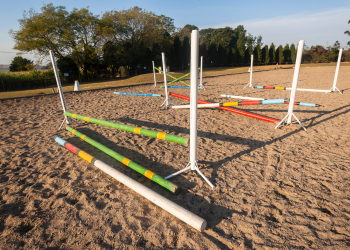
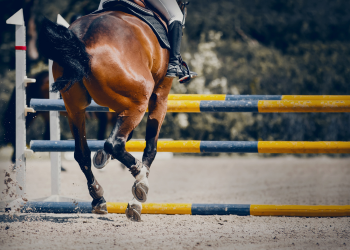
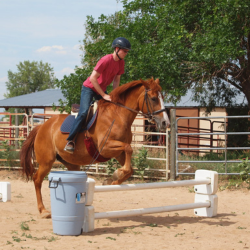
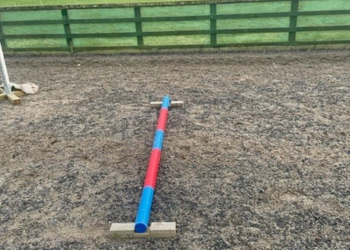
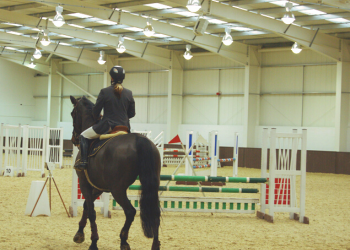
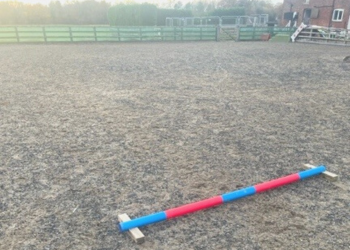
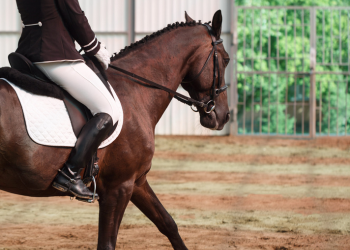

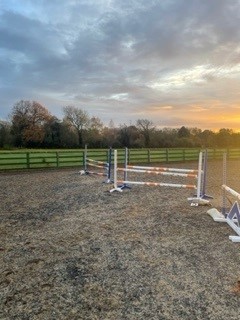
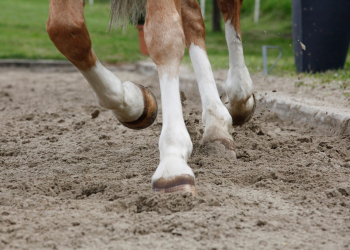
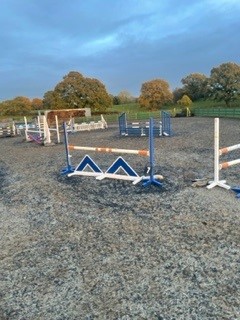
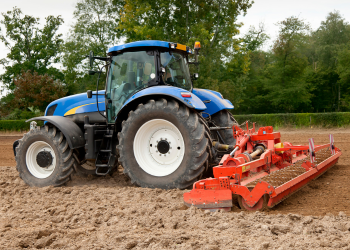

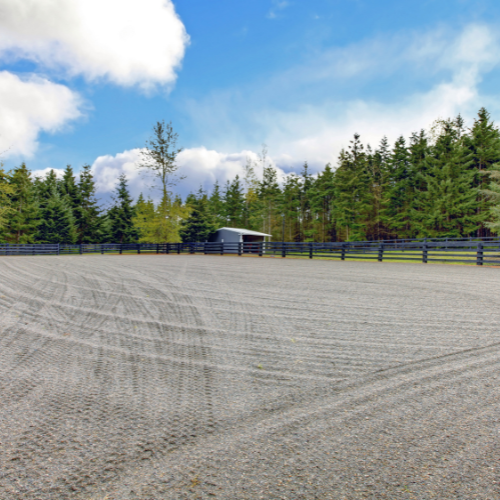

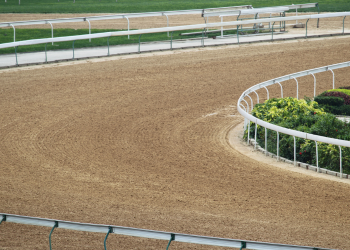
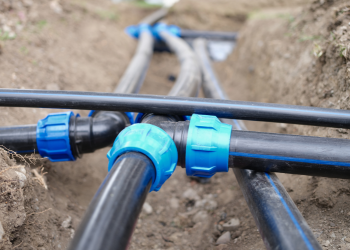
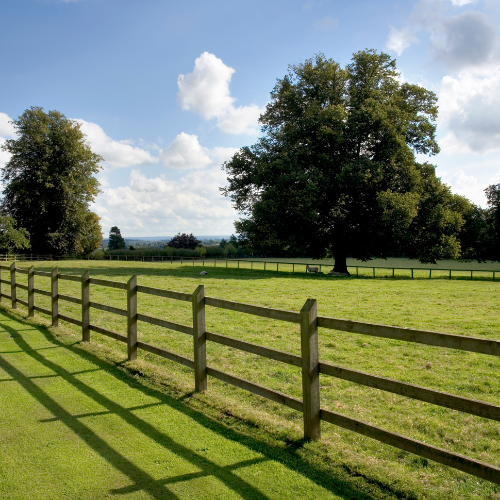
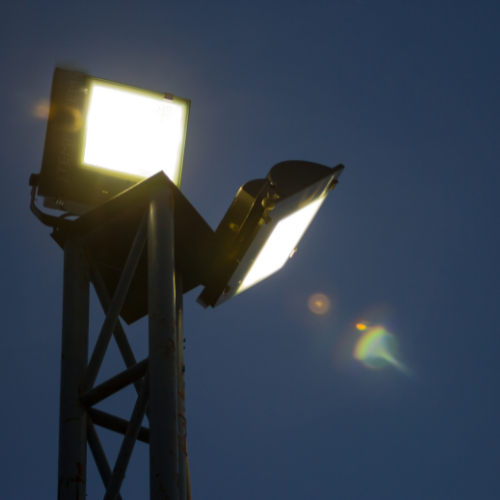
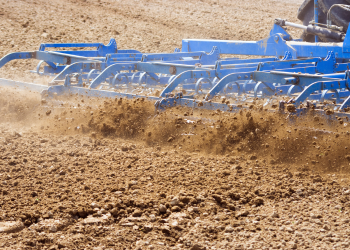
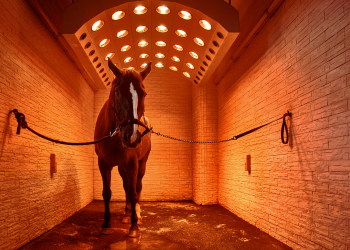


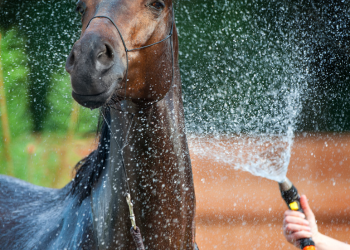
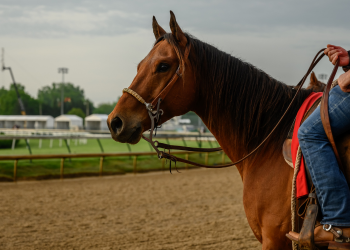
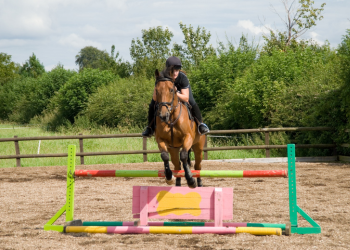
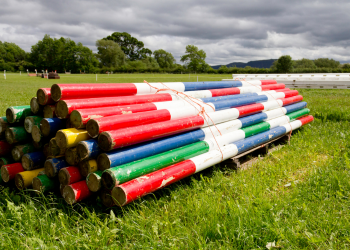
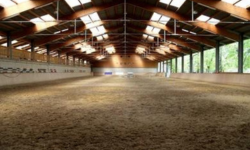
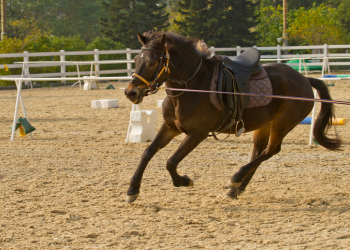
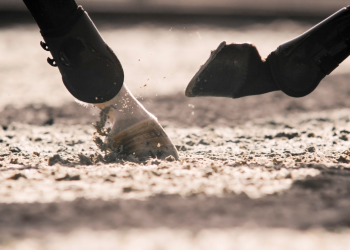
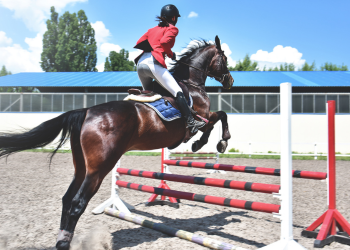
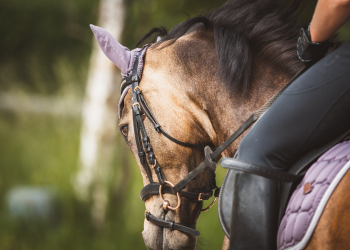
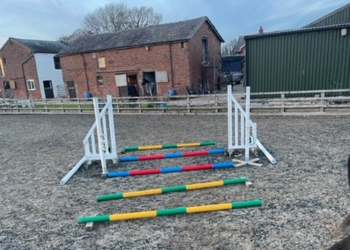

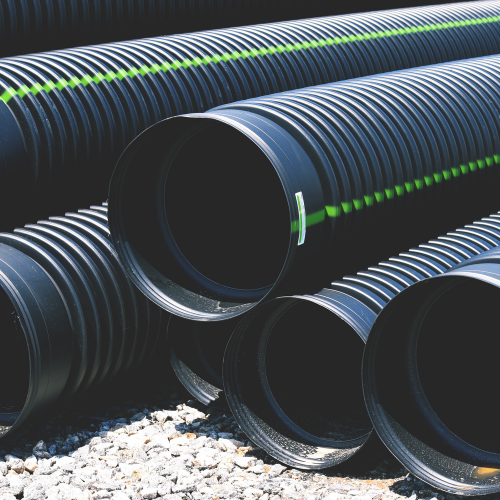
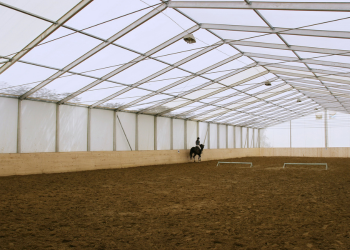
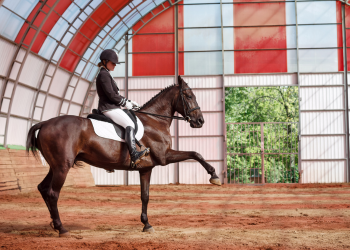
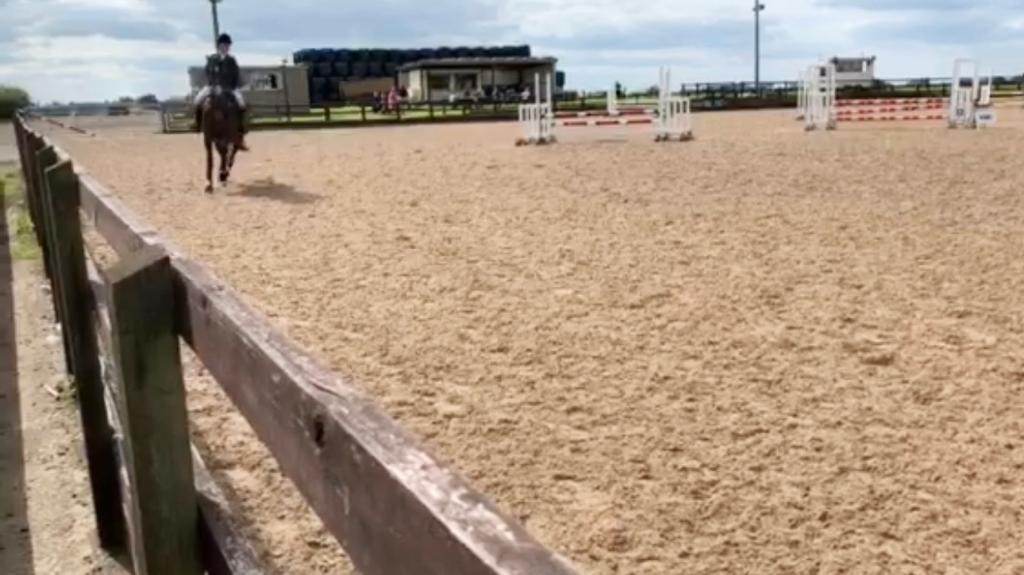
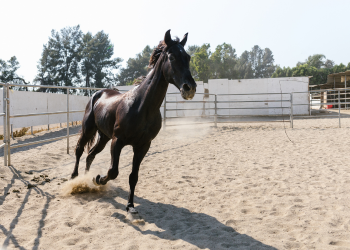
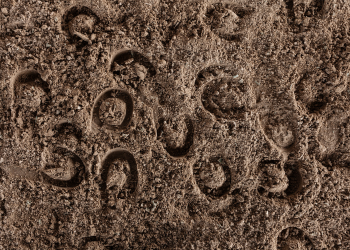

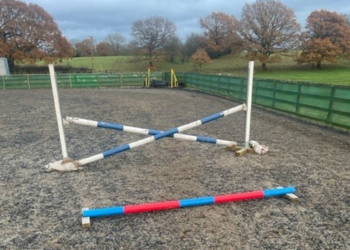


We Aim To Reply To All Enquiries With-in 24-Hours